Capital One 2012 Annual Report Download - page 188
Download and view the complete annual report
Please find page 188 of the 2012 Capital One annual report below. You can navigate through the pages in the report by either clicking on the pages listed below, or by using the keyword search tool below to find specific information within the annual report.-
 1
1 -
 2
2 -
 3
3 -
 4
4 -
 5
5 -
 6
6 -
 7
7 -
 8
8 -
 9
9 -
 10
10 -
 11
11 -
 12
12 -
 13
13 -
 14
14 -
 15
15 -
 16
16 -
 17
17 -
 18
18 -
 19
19 -
 20
20 -
 21
21 -
 22
22 -
 23
23 -
 24
24 -
 25
25 -
 26
26 -
 27
27 -
 28
28 -
 29
29 -
 30
30 -
 31
31 -
 32
32 -
 33
33 -
 34
34 -
 35
35 -
 36
36 -
 37
37 -
 38
38 -
 39
39 -
 40
40 -
 41
41 -
 42
42 -
 43
43 -
 44
44 -
 45
45 -
 46
46 -
 47
47 -
 48
48 -
 49
49 -
 50
50 -
 51
51 -
 52
52 -
 53
53 -
 54
54 -
 55
55 -
 56
56 -
 57
57 -
 58
58 -
 59
59 -
 60
60 -
 61
61 -
 62
62 -
 63
63 -
 64
64 -
 65
65 -
 66
66 -
 67
67 -
 68
68 -
 69
69 -
 70
70 -
 71
71 -
 72
72 -
 73
73 -
 74
74 -
 75
75 -
 76
76 -
 77
77 -
 78
78 -
 79
79 -
 80
80 -
 81
81 -
 82
82 -
 83
83 -
 84
84 -
 85
85 -
 86
86 -
 87
87 -
 88
88 -
 89
89 -
 90
90 -
 91
91 -
 92
92 -
 93
93 -
 94
94 -
 95
95 -
 96
96 -
 97
97 -
 98
98 -
 99
99 -
 100
100 -
 101
101 -
 102
102 -
 103
103 -
 104
104 -
 105
105 -
 106
106 -
 107
107 -
 108
108 -
 109
109 -
 110
110 -
 111
111 -
 112
112 -
 113
113 -
 114
114 -
 115
115 -
 116
116 -
 117
117 -
 118
118 -
 119
119 -
 120
120 -
 121
121 -
 122
122 -
 123
123 -
 124
124 -
 125
125 -
 126
126 -
 127
127 -
 128
128 -
 129
129 -
 130
130 -
 131
131 -
 132
132 -
 133
133 -
 134
134 -
 135
135 -
 136
136 -
 137
137 -
 138
138 -
 139
139 -
 140
140 -
 141
141 -
 142
142 -
 143
143 -
 144
144 -
 145
145 -
 146
146 -
 147
147 -
 148
148 -
 149
149 -
 150
150 -
 151
151 -
 152
152 -
 153
153 -
 154
154 -
 155
155 -
 156
156 -
 157
157 -
 158
158 -
 159
159 -
 160
160 -
 161
161 -
 162
162 -
 163
163 -
 164
164 -
 165
165 -
 166
166 -
 167
167 -
 168
168 -
 169
169 -
 170
170 -
 171
171 -
 172
172 -
 173
173 -
 174
174 -
 175
175 -
 176
176 -
 177
177 -
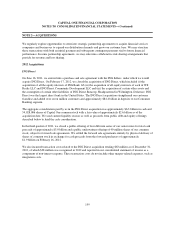 178
178 -
 179
179 -
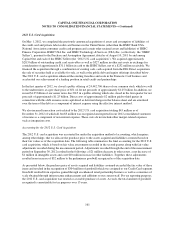 180
180 -
 181
181 -
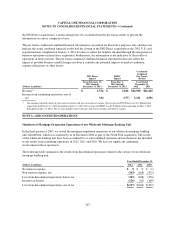 182
182 -
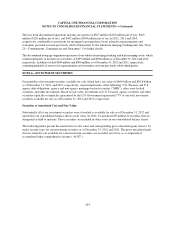 183
183 -
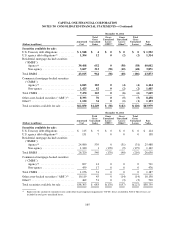 184
184 -
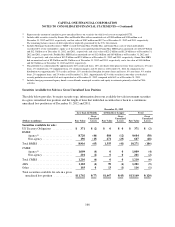 185
185 -
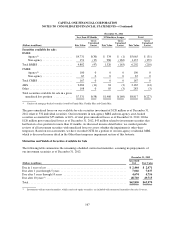 186
186 -
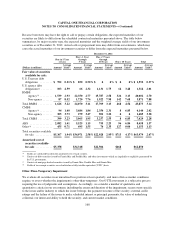 187
187 -
 188
188 -
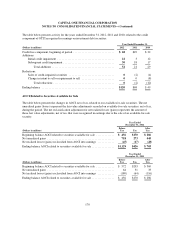 189
189 -
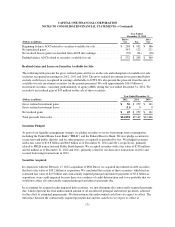 190
190 -
 191
191 -
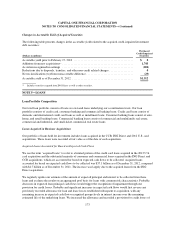 192
192 -
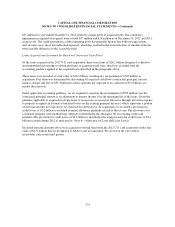 193
193 -
 194
194 -
 195
195 -
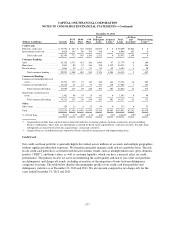 196
196 -
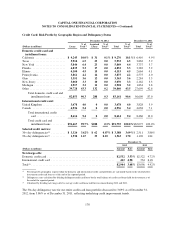 197
197 -
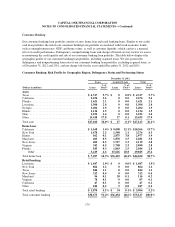 198
198 -
 199
199 -
 200
200 -
 201
201 -
 202
202 -
 203
203 -
 204
204 -
 205
205 -
 206
206 -
 207
207 -
 208
208 -
 209
209 -
 210
210 -
 211
211 -
 212
212 -
 213
213 -
 214
214 -
 215
215 -
 216
216 -
 217
217 -
 218
218 -
 219
219 -
 220
220 -
 221
221 -
 222
222 -
 223
223 -
 224
224 -
 225
225 -
 226
226 -
 227
227 -
 228
228 -
 229
229 -
 230
230 -
 231
231 -
 232
232 -
 233
233 -
 234
234 -
 235
235 -
 236
236 -
 237
237 -
 238
238 -
 239
239 -
 240
240 -
 241
241 -
 242
242 -
 243
243 -
 244
244 -
 245
245 -
 246
246 -
 247
247 -
 248
248 -
 249
249 -
 250
250 -
 251
251 -
 252
252 -
 253
253 -
 254
254 -
 255
255 -
 256
256 -
 257
257 -
 258
258 -
 259
259 -
 260
260 -
 261
261 -
 262
262 -
 263
263 -
 264
264 -
 265
265 -
 266
266 -
 267
267 -
 268
268 -
 269
269 -
 270
270 -
 271
271 -
 272
272 -
 273
273 -
 274
274 -
 275
275 -
 276
276 -
 277
277 -
 278
278 -
 279
279 -
 280
280 -
 281
281 -
 282
282 -
 283
283 -
 284
284 -
 285
285 -
 286
286 -
 287
287 -
 288
288 -
 289
289 -
 290
290 -
 291
291 -
 292
292 -
 293
293 -
 294
294 -
 295
295 -
 296
296 -
 297
297 -
 298
298 -
 299
299 -
 300
300 -
 301
301 -
 302
302 -
 303
303 -
 304
304 -
 305
305 -
 306
306 -
 307
307 -
 308
308 -
 309
309 -
 310
310 -
 311
311
 |
 |

CAPITAL ONE FINANCIAL CORPORATION
NOTES TO CONSOLIDATED FINANCIAL STATEMENTS—(Continued)
We assess, measure and recognize OTTI in accordance with the accounting guidance for recognition and
presentation of OTTI. Under this guidance, if we determine that impairment on our debt securities is other-than-
temporary and we have made the decision to sell the security or it is more likely than not that we will be required
to sell the security prior to recovery of its amortized cost basis, we recognize the entire portion of the impairment
in earnings. If we have not made a decision to sell the security and we do not expect that we will be required to
sell the security prior to recovery of the amortized cost basis, we recognize only the credit component of OTTI in
earnings. The remaining unrealized loss due to factors other than credit, or the non-credit component, is recorded
in AOCI. We determine the credit component based on the difference between the security’s amortized cost basis
and the present value of its expected future cash flows, discounted based on the effective yield. The non-credit
component represents the difference between the security’s fair value and the present value of expected future
cash flows.
The following table summarizes other-than-temporary impairment losses on debt securities recognized in
earnings for the years ended December 31, 2012, 2011 and 2010:
Year Ended December 31,
(Dollars in millions) 2012 2011 2010 (1)
Total OTTI losses ................................................. $38 $ 131 $128
Portion of other-than-temporary losses recorded in AOCI (2) ................ 14 (110) (63)
Net OTTI losses recognized in earnings ................................ $52 $ 21 $ 65
(1) We recognized $36 million of OTTI losses in earnings for securities sold during 2010.
(2) In 2012, based on our ongoing OTTI assessments, we determined that the projected cash flows on certain acquired investment securities
were less than their initial fair value at acquisition and the difference was therefore recognized in earnings.
As indicated in the table above, we recorded net OTTI in earnings totaling $52 million, $21 million and $65
million in 2012, 2011 and 2010, respectively. The cumulative non-credit related portion of OTTI on these
securities recorded in AOCI totaled $9 million and $170 million as of December 31, 2012 and 2011, respectively.
We estimate the portion of losses attributable to credit using a discounted cash flow model and we estimate the
expected cash flows from the underlying collateral using industry-standard third-party modeling tools. These
tools take into consideration security specific delinquencies, product specific delinquency roll rates and expected
severities. Key assumptions used in estimating the expected cash flows include default rates, loss severity and
prepayment rates. Assumptions used can vary widely based on the collateral underlying the securities and are
influenced by factors such as collateral type, loan interest rate, geographical location of the borrower, and
borrower characteristics.
We believe the gross unrealized losses related to securities for which we have not recognized an OTTI on of $82
million and $57 million as of December 31, 2012 and 2011, respectively, are attributable to issuer specific credit
spreads and changes in market interest rates and asset spreads. Therefore, we currently do not expect to incur
credit losses related to these securities. In addition, we have no intent to sell these securities with unrealized
losses and it is not more likely than not that we will be required to sell these securities prior to recovery of their
amortized cost. Accordingly, we have concluded that the impairment on these securities is not other-than-
temporary.
169
